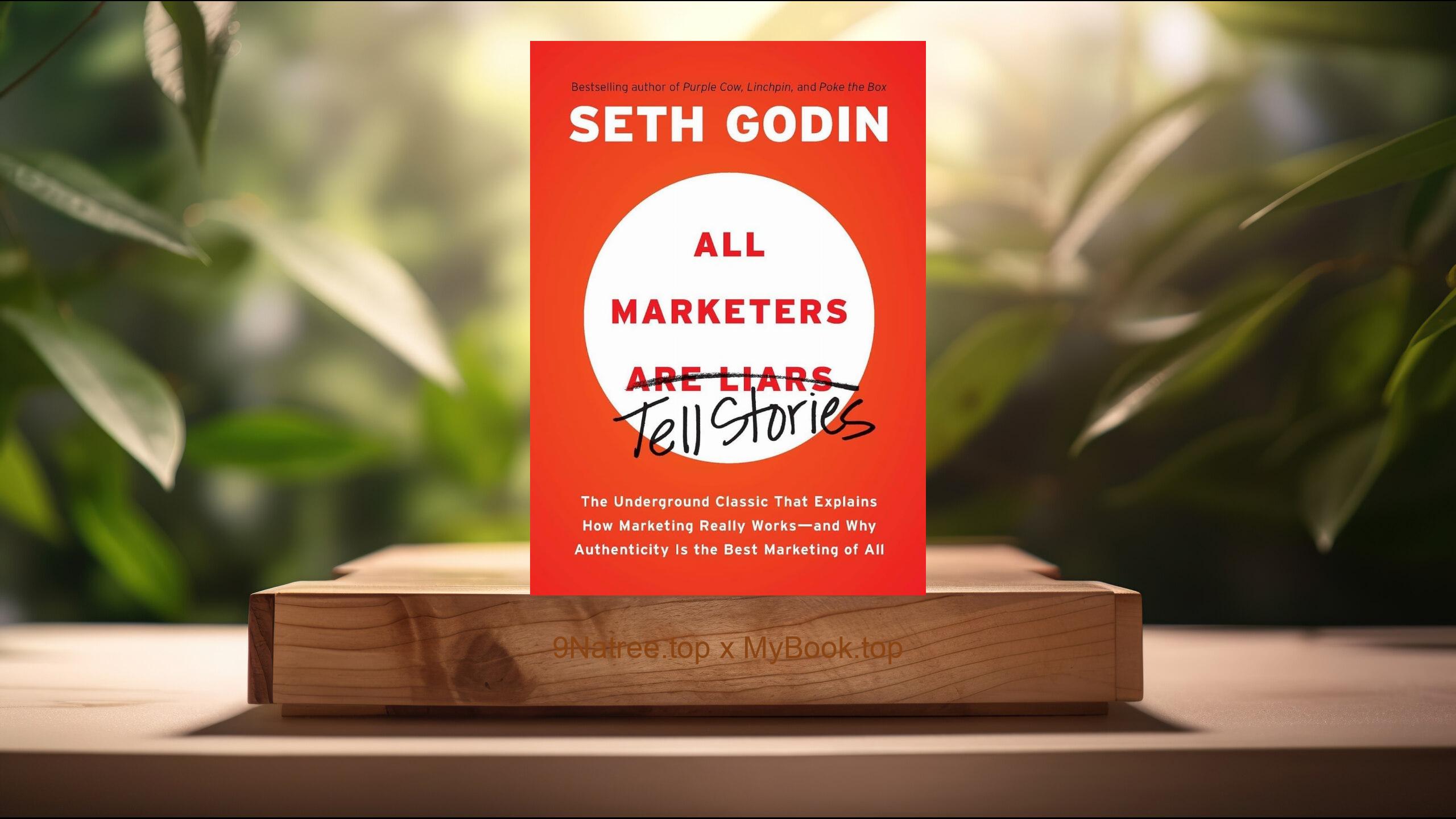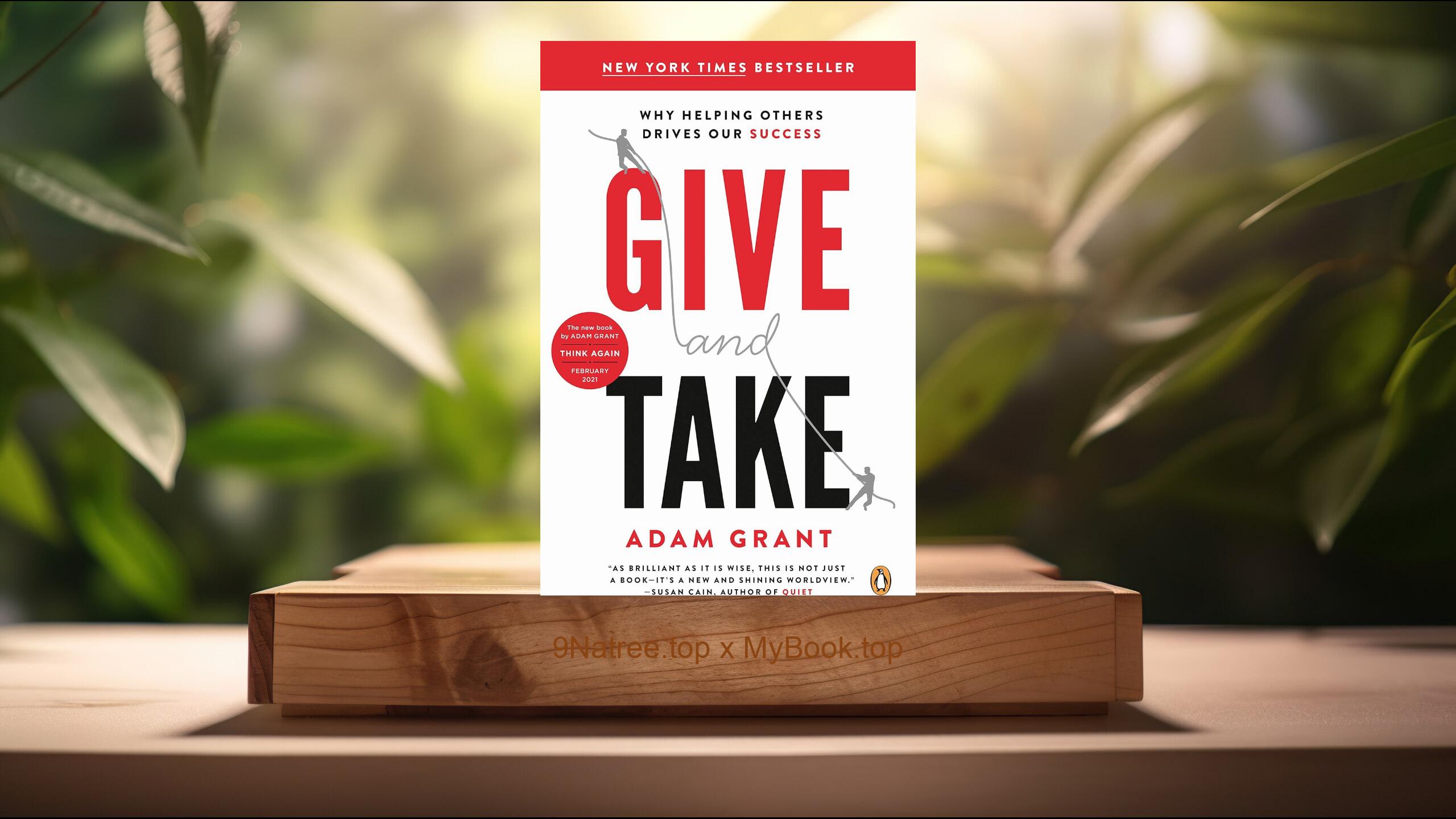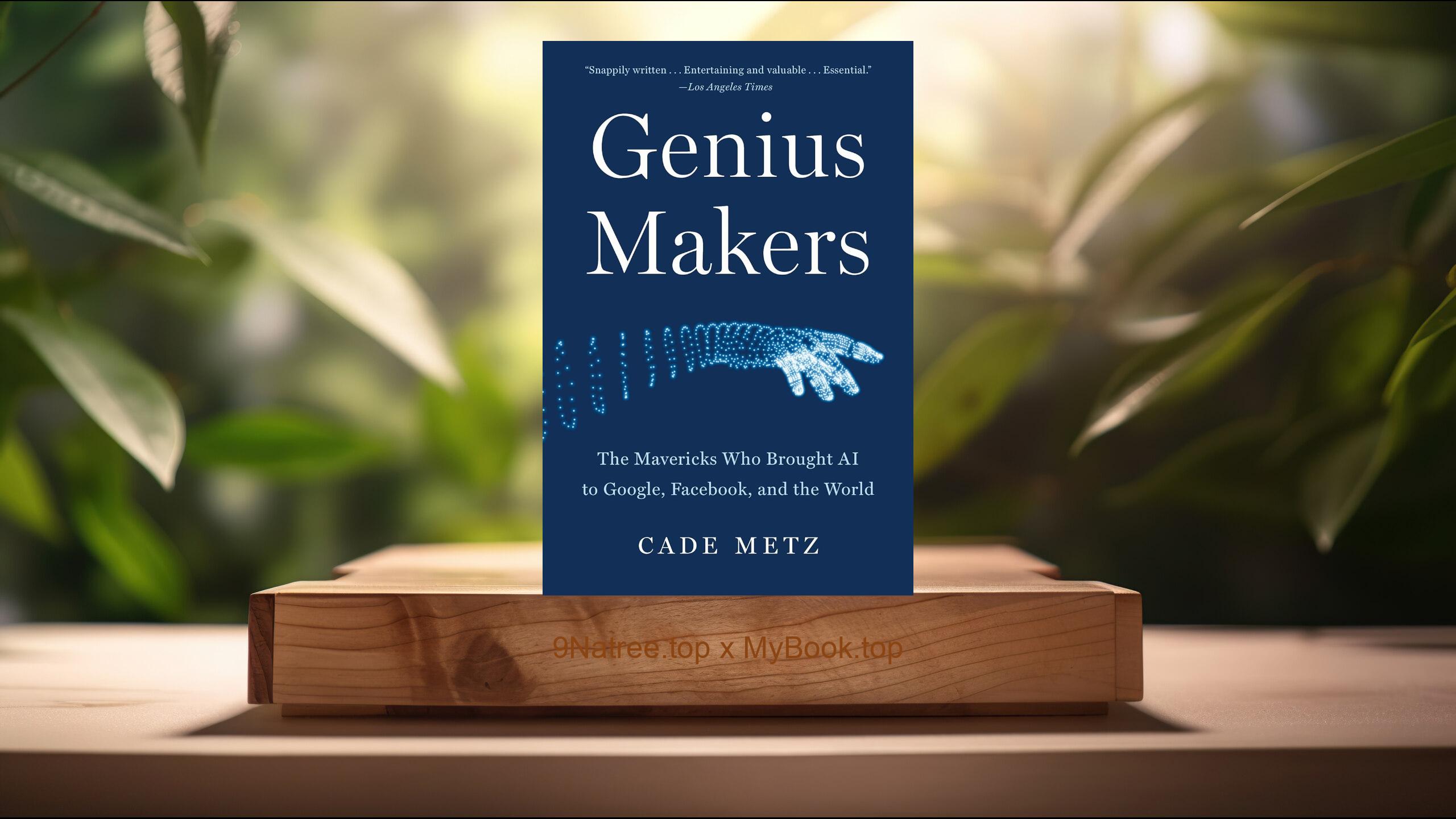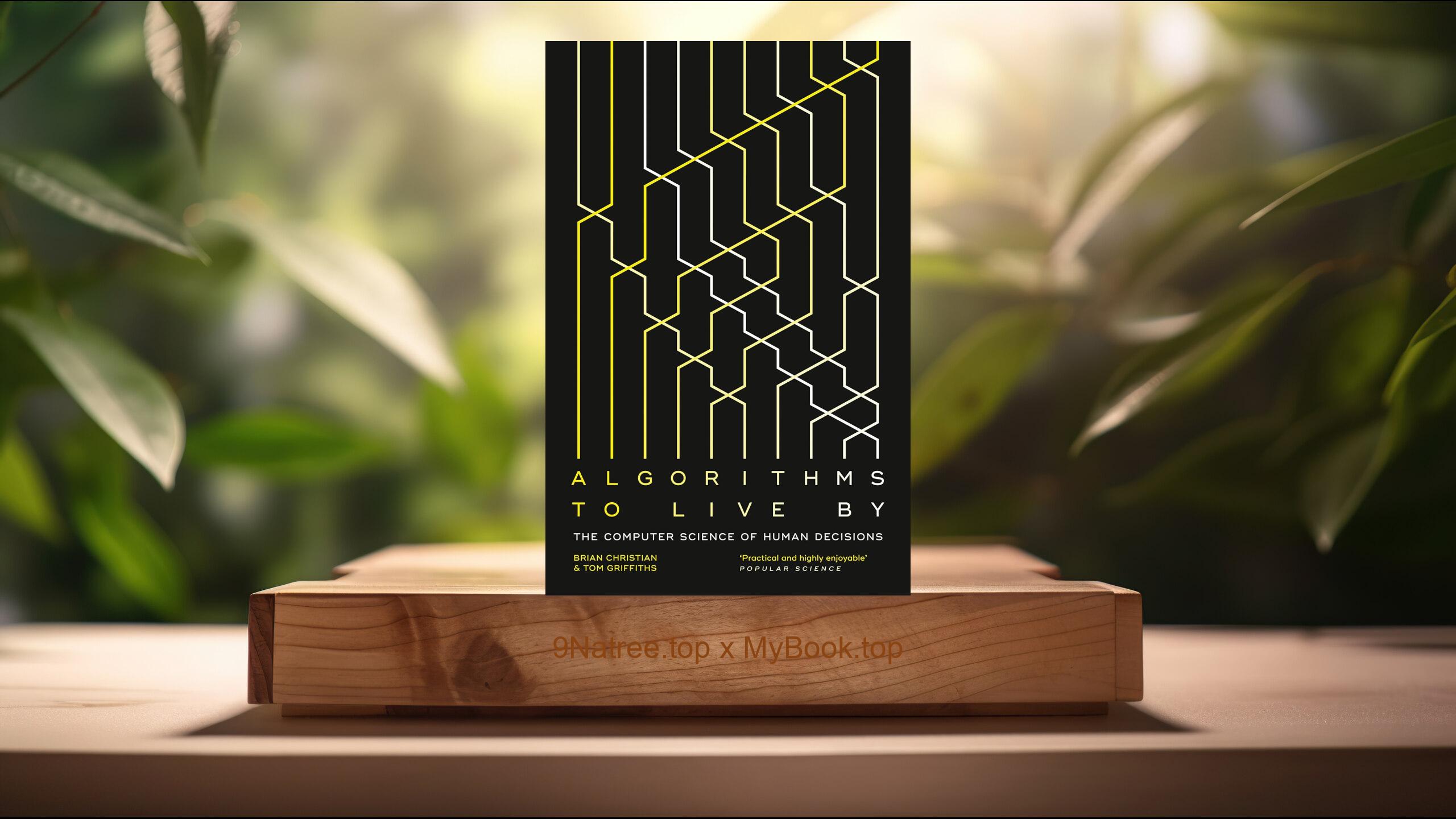Show Notes
- Amazon US Store: https://www.amazon.com/dp/B07TQ6HKTR?tag=9natree-20
- Amazon Worldwide Store: https://global.buys.trade/The-Self-Learning-Blueprint-Peter-Hollins.html
- eBay: https://www.ebay.com/sch/i.html?_nkw=The+Self+Learning+Blueprint+Peter+Hollins+&mkcid=1&mkrid=711-53200-19255-0&siteid=0&campid=5339060787&customid=9natree&toolid=10001&mkevt=1
- Read more: https://mybook.top/read/B07TQ6HKTR/
#selflearningstrategies #effectivenotetaking #breakingdowncomplextopics #learningstyles #teachingforcomprehension #personaldevelopment #continuouslearning #PeterHollins #TheSelfLearningBlueprint
These are takeaways from this book.
Firstly, Understanding Your Learning Style, One of the foundational aspects highlighted by Peter Hollins in 'The Self-Learning Blueprint' is the significance of understanding one's unique learning style. Recognizing whether you are a visual, auditory, reading/writing, or kinesthetic learner can dramatically increase the efficiency of your study sessions. Hollins suggests various strategies to identify and leverage these learning styles for optimal information absorption and retention. Implementing this knowledge can lead to improved comprehension and engagement with material, thereby enhancing the self-learning process. Techniques such as creating visual aids for visual learners, listening to audio recordings for auditory learners, engaging in hands-on projects for kinesthetic learners, and summarizing information in written form for reading/writing learners are thoroughly explored. This personalized approach ensures that self-learners can navigate complex topics more naturally and effectively.
Secondly, Breaking Down Complex Topics, A critical skill that 'The Self-Learning Blueprint' imparts is the ability to break down complex topics into more manageable pieces. Peter Hollins introduces techniques such as chunking, where a larger subject is divided into smaller, more digestible segments. This strategy is crucial for preventing overwhelm and for fostering a deeper understanding of the subject at hand. Hollins emphasizes the importance of starting with broad concepts and gradually drilling down to specifics, which not only makes learning more manageable but also helps in building a solid foundational knowledge. He also recommends creating connections between chunks of information, as this aids in better recall and application of knowledge. By mastering this skill, learners can approach even the most daunting subjects with confidence and clarity.
Thirdly, Effective Note-Taking Strategies, Effective note-taking is another significant topic covered in 'The Self-Learning Blueprint.' Peter Hollins discusses various note-taking methods that enhance learning and retention. From the Cornell Note-Taking System to mind mapping, Hollins explores how these strategies can be applied to different types of learning material for maximum benefit. He emphasizes the importance of active listening and reading comprehension as prerequisites to effective note-taking and suggests tips for staying organized and making notes more engaging and memorable. By adopting these strategies, learners can create a valuable resource for review and reference, ensuring that they not only comprehend deeply but can also recall and apply what they have learned with greater ease.
Fourthly, The Role of Curiosity in Self-Learning, Hollins delves into the pivotal role of curiosity in the self-learning process within 'The Self-Learning Blueprint.' He posits that curiosity is the driving force behind the motivation to learn and understand new concepts. By fostering a mindset of inquiry and not shying away from questioning even the basics, learners can deepen their comprehension of any subject. Hollins provides strategies for cultivating curiosity, such as engaging with a wide variety of topics, asking open-ended questions, and seeking out challenges. This proactive approach to learning encourages continuous growth and a deeper engagement with the material, making the learning journey more enjoyable and fruitful.
Lastly, Teaching to Learn, An innovative approach discussed in 'The Self-Learning Blueprint' is the concept of 'teaching to learn.' Peter Hollins suggests that one of the most effective ways to ensure you've truly understood something is to teach it to someone else. This practice forces the learner to organize their thoughts, clarify concepts, and fill any gaps in their own understanding. Hollins provides practical tips for implementing this technique, whether through informal discussions, blogging, or tutoring. This not only solidifies the learner's grasp on the subject but also enhances their communication and interpersonal skills. By embracing the role of both teacher and student, self-learners can achieve a higher level of mastery and confidence in their knowledge.
![[Review] The Self-Learning Blueprint (Peter Hollins) Summarized](https://episodes.castos.com/660078c6833215-59505987/images/1867421/c1a-085k3-34gm22j8hpqr-tm4r3c.jpg)




